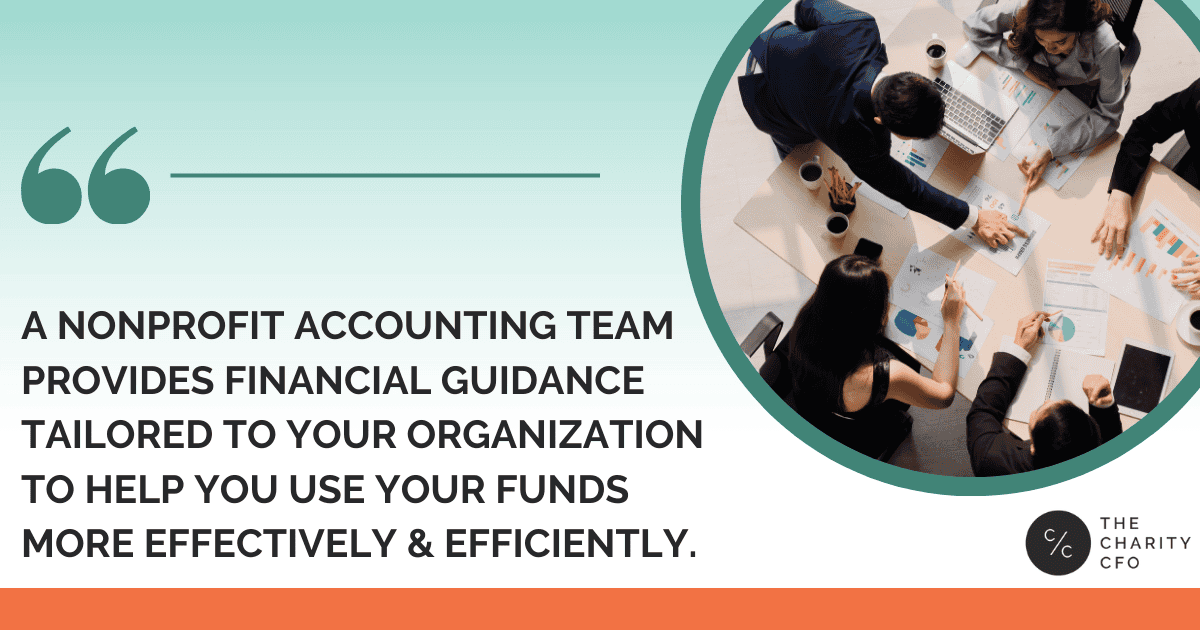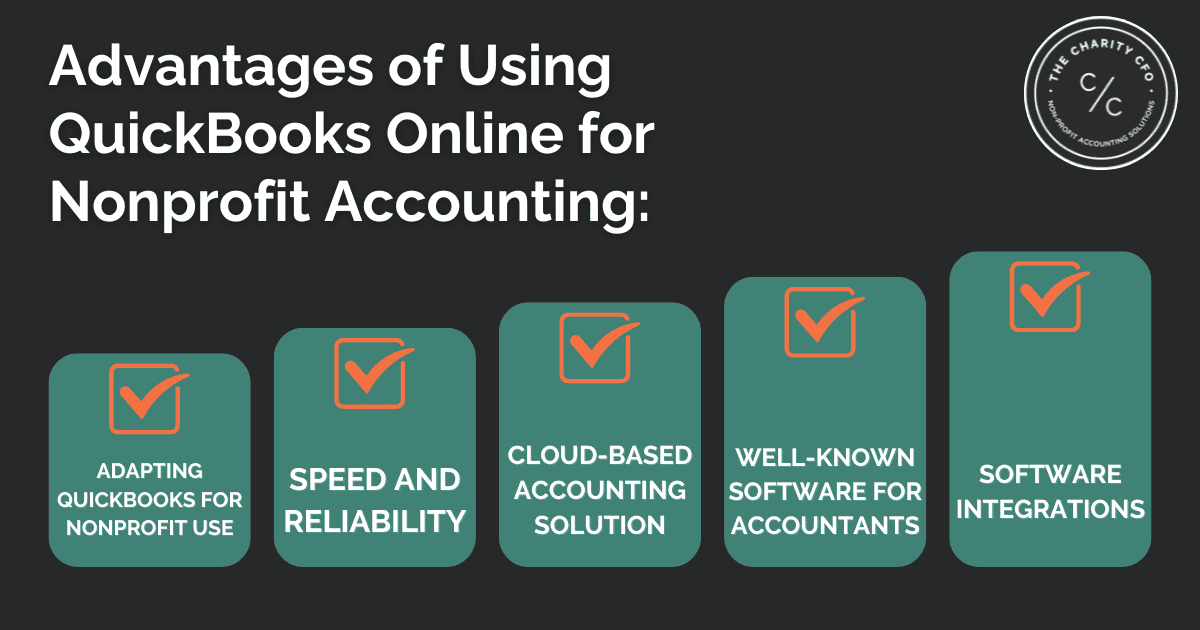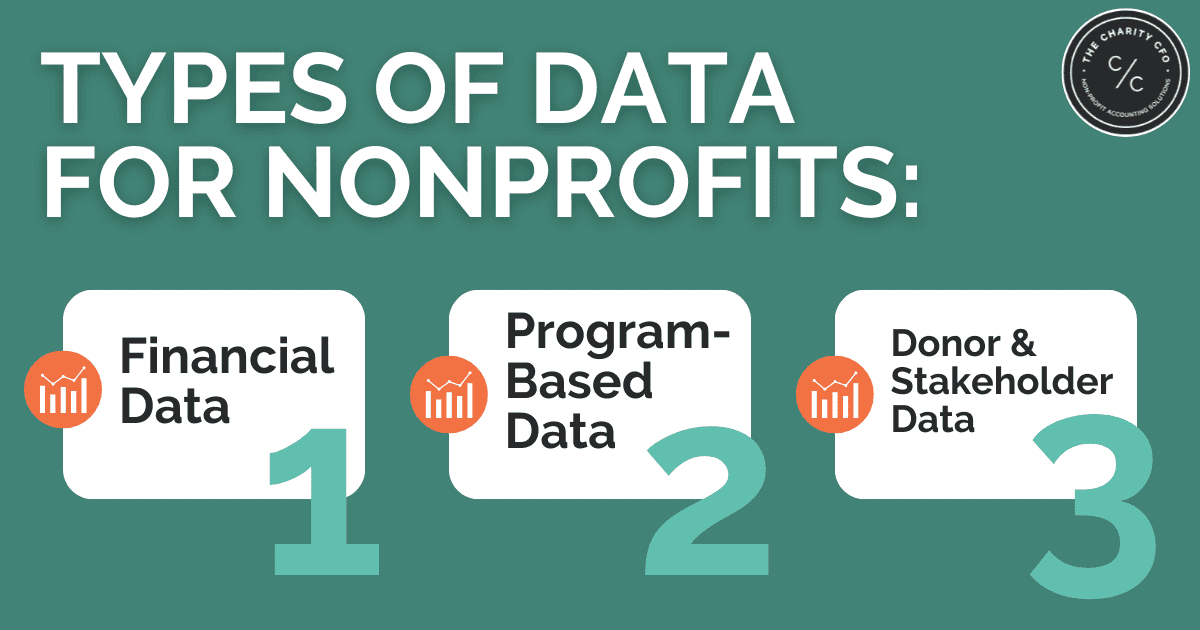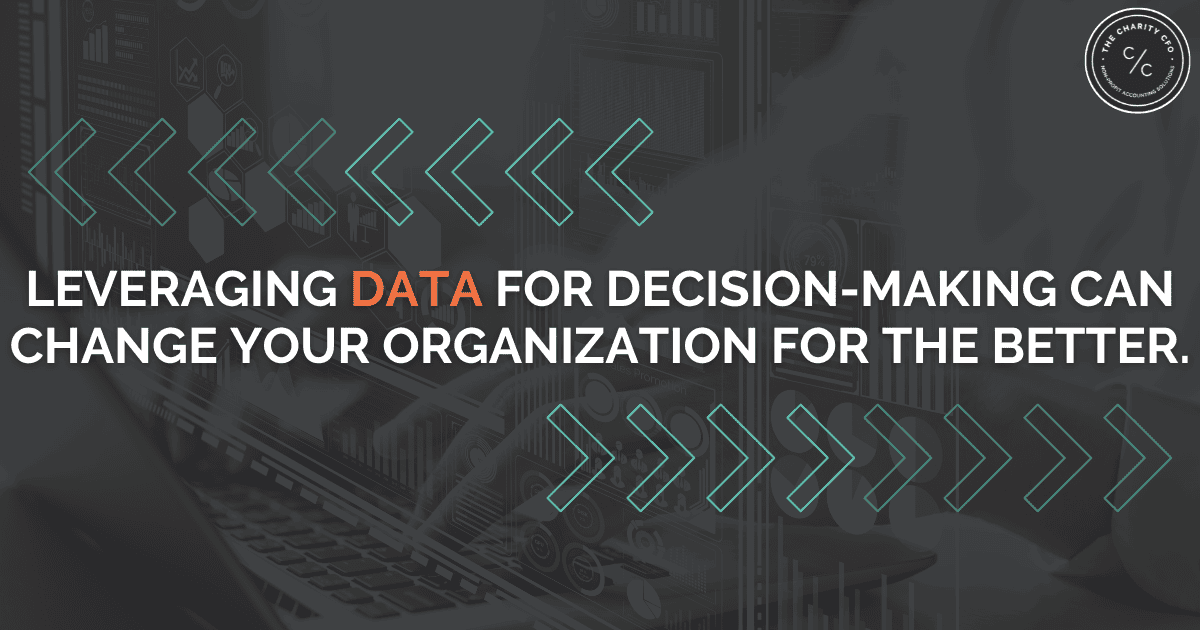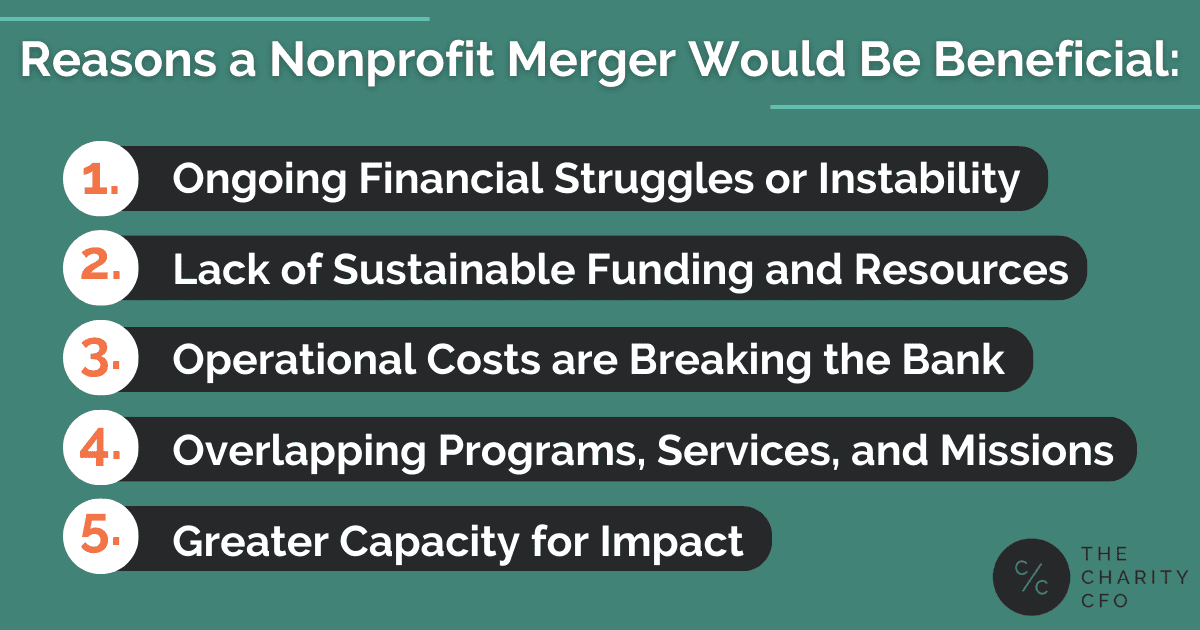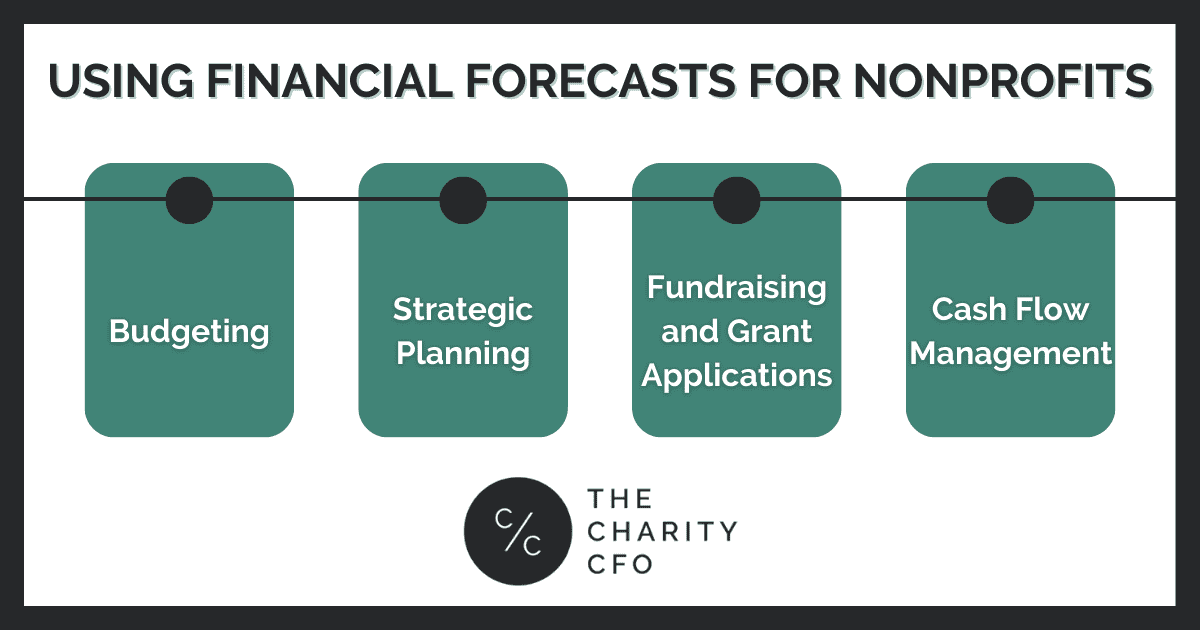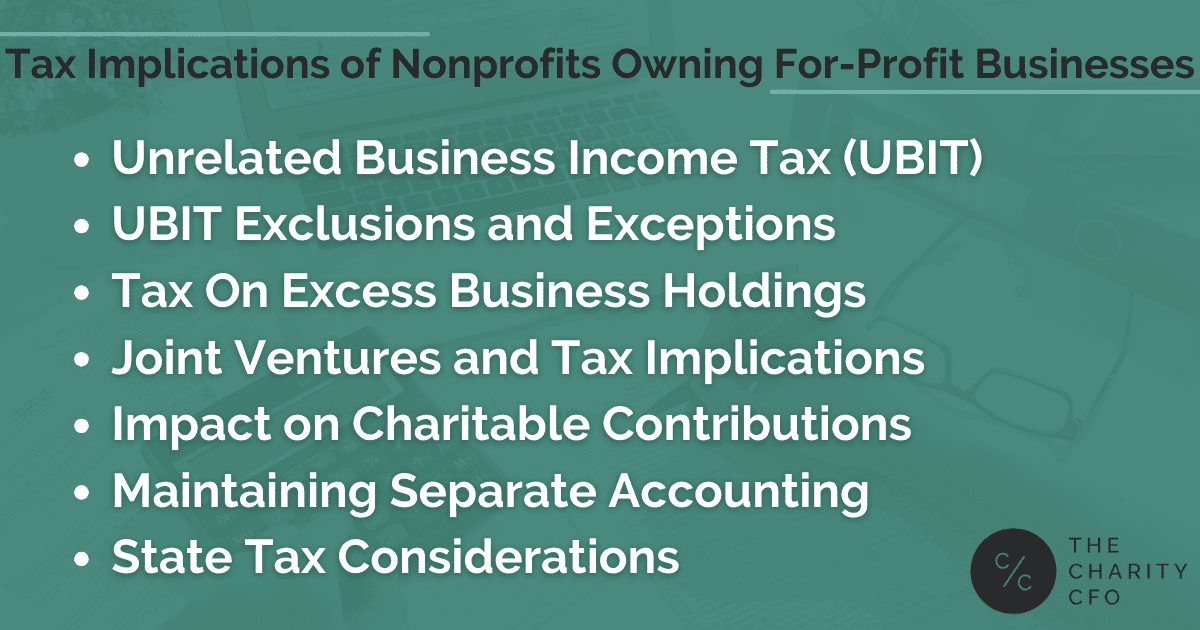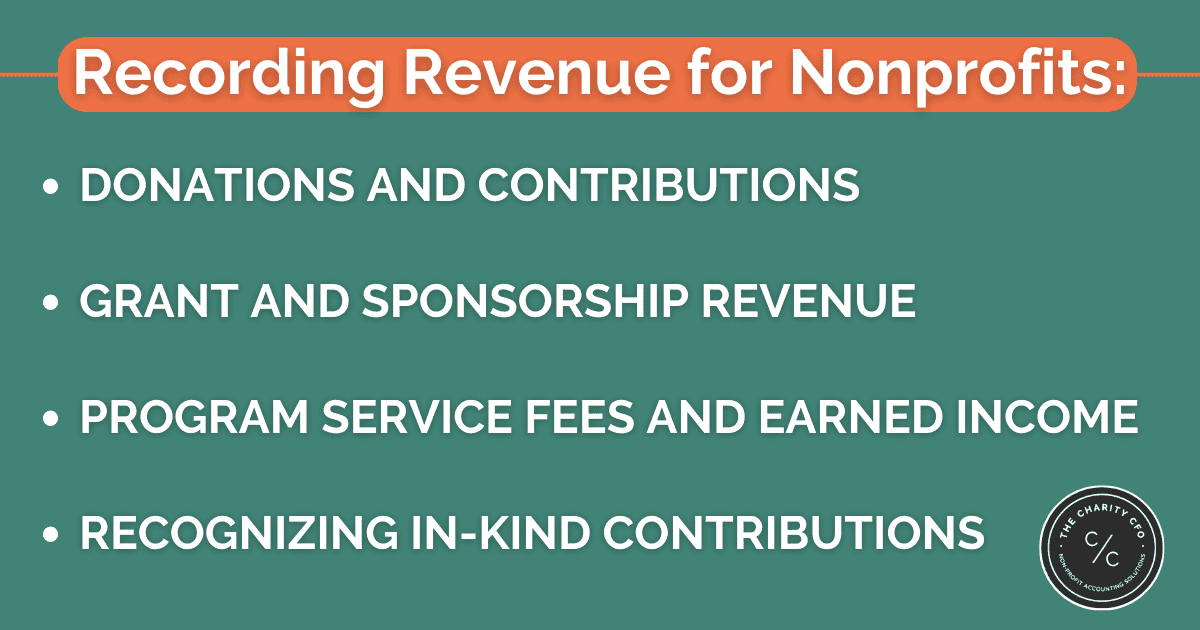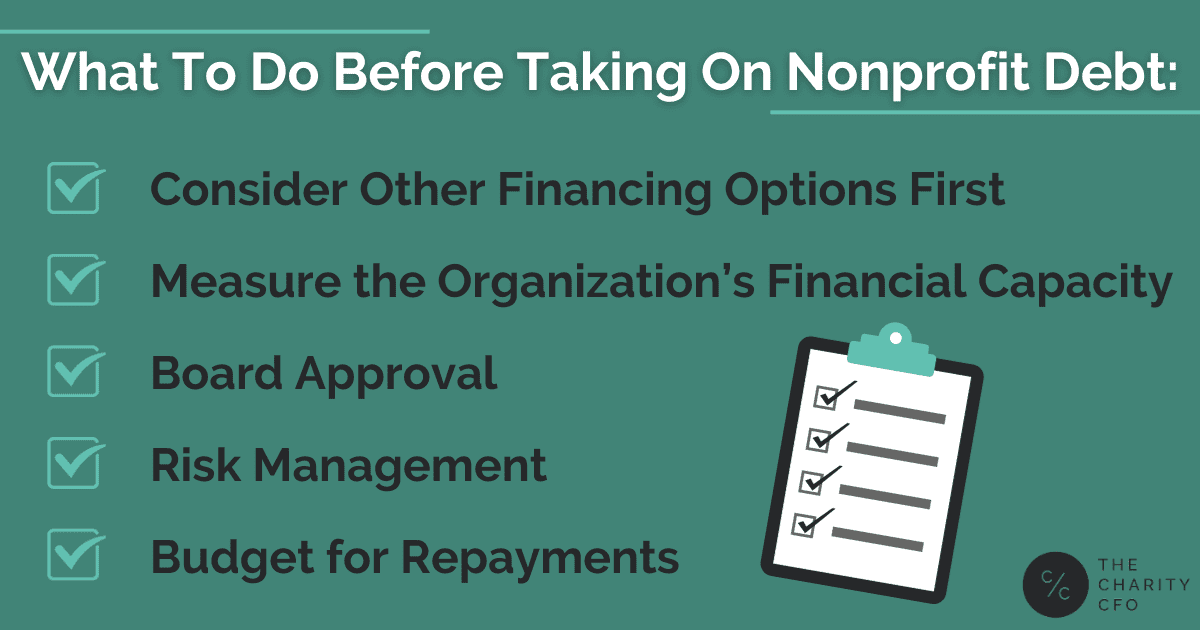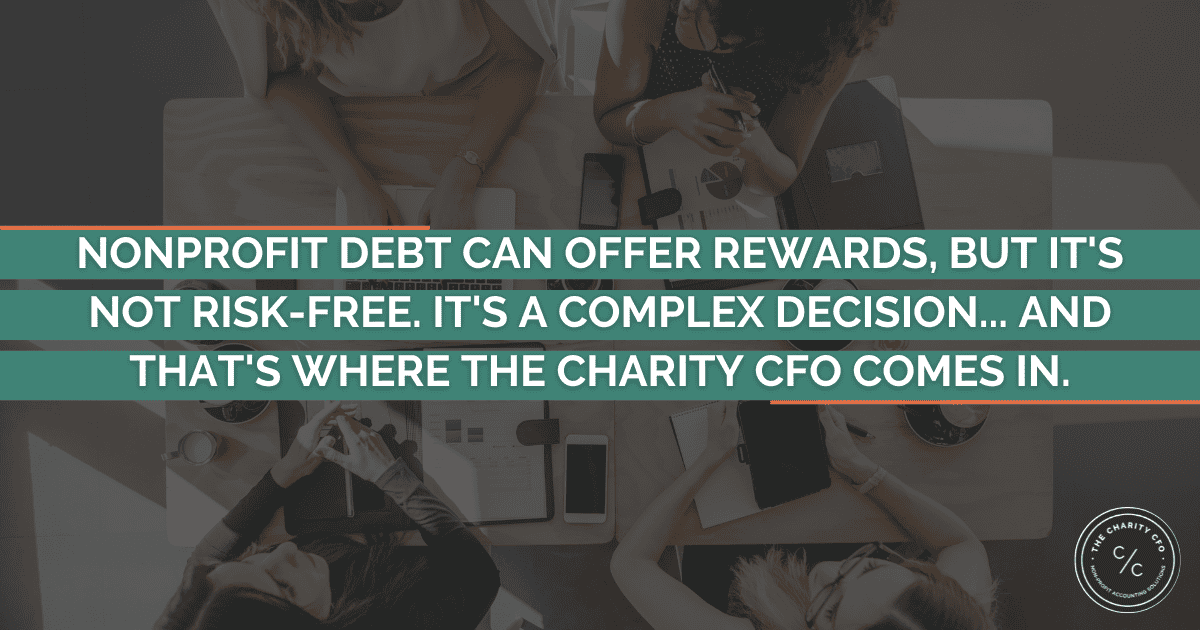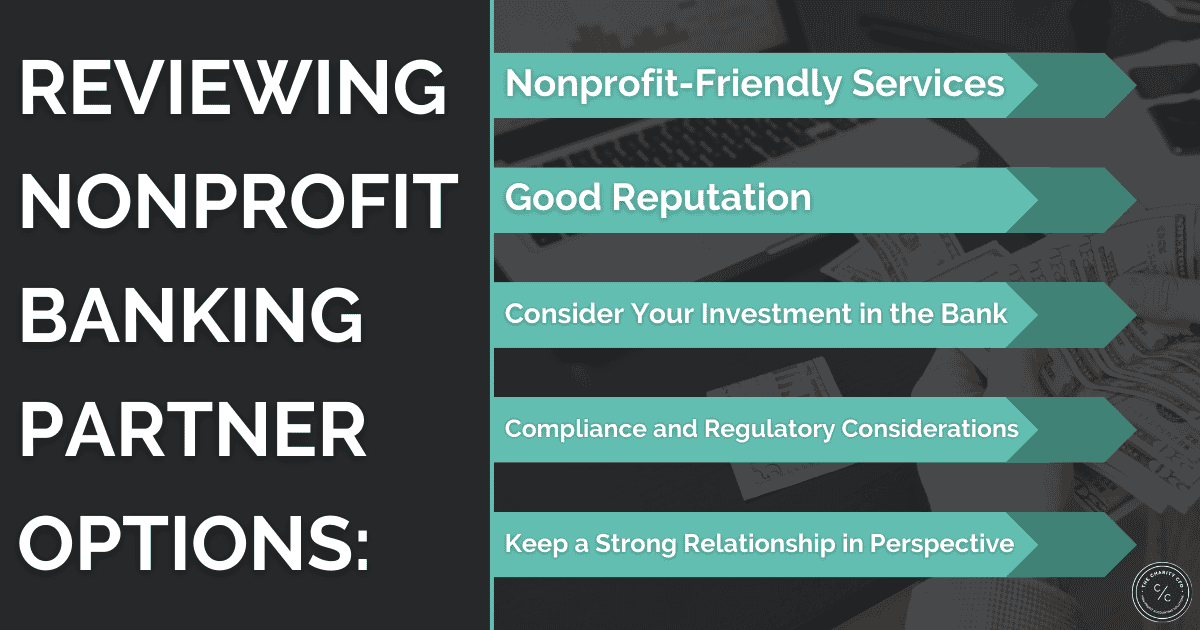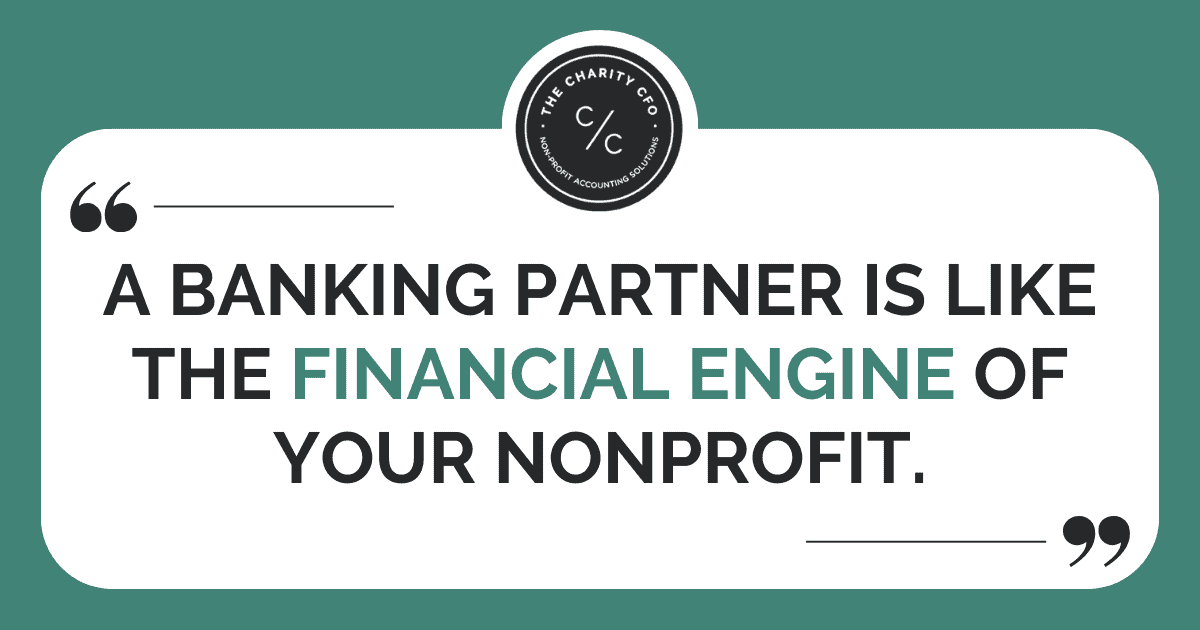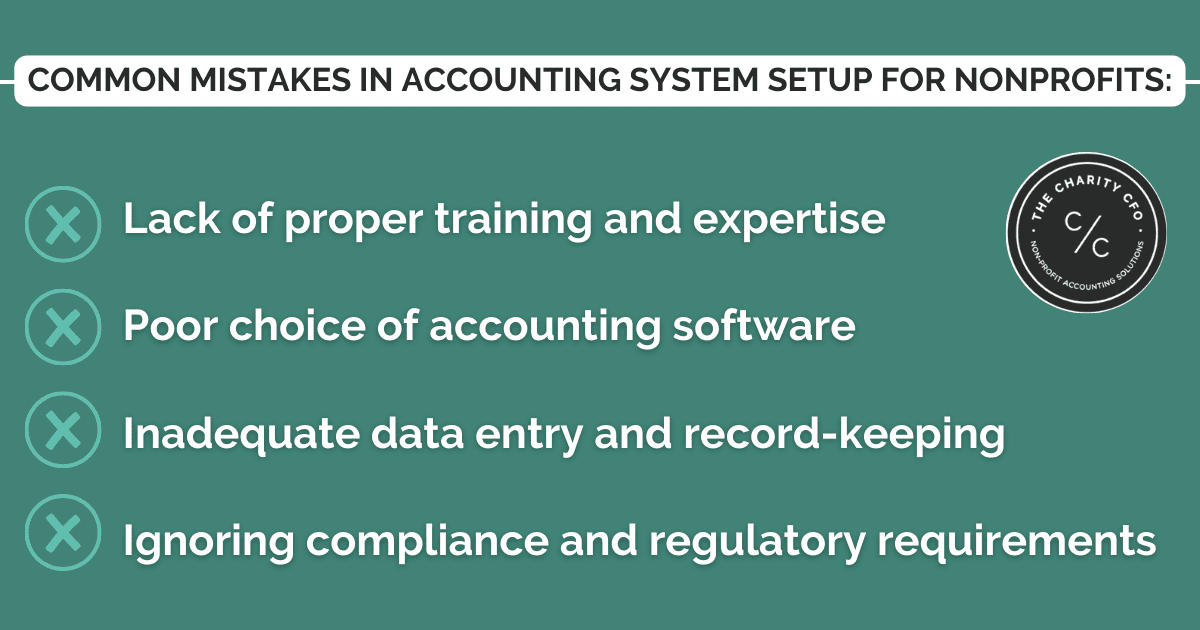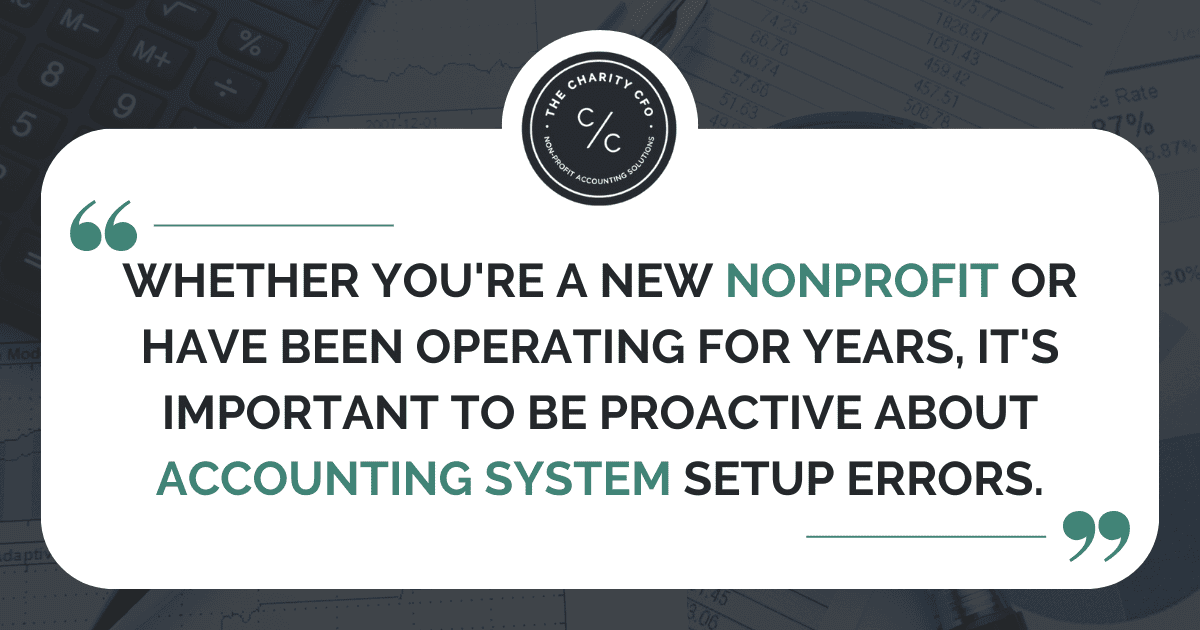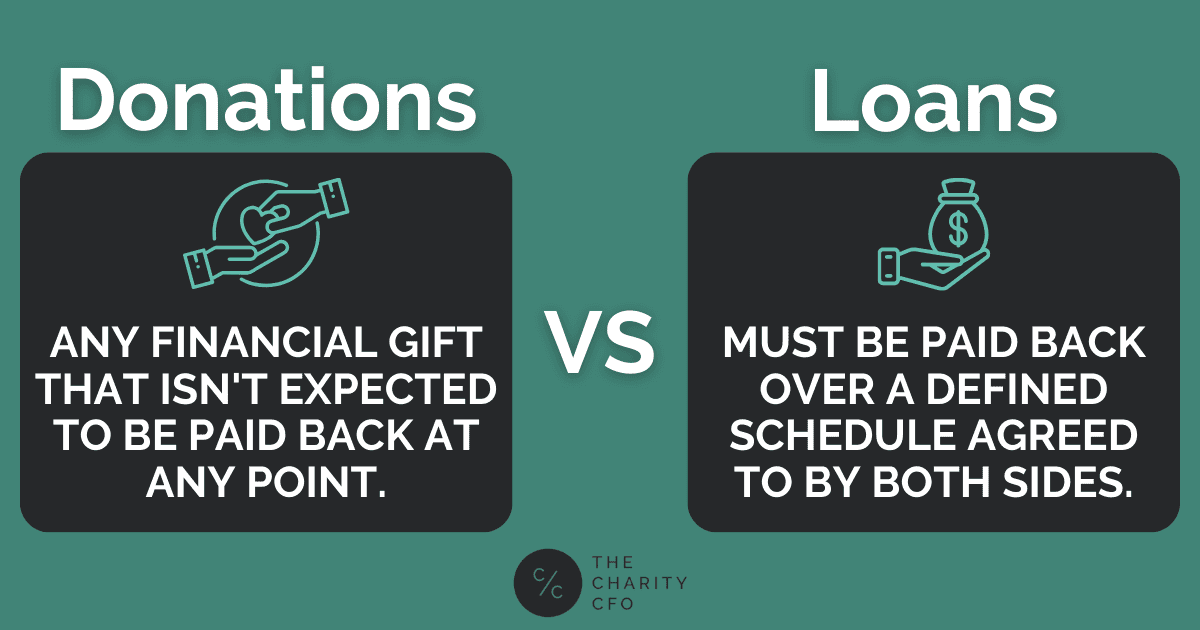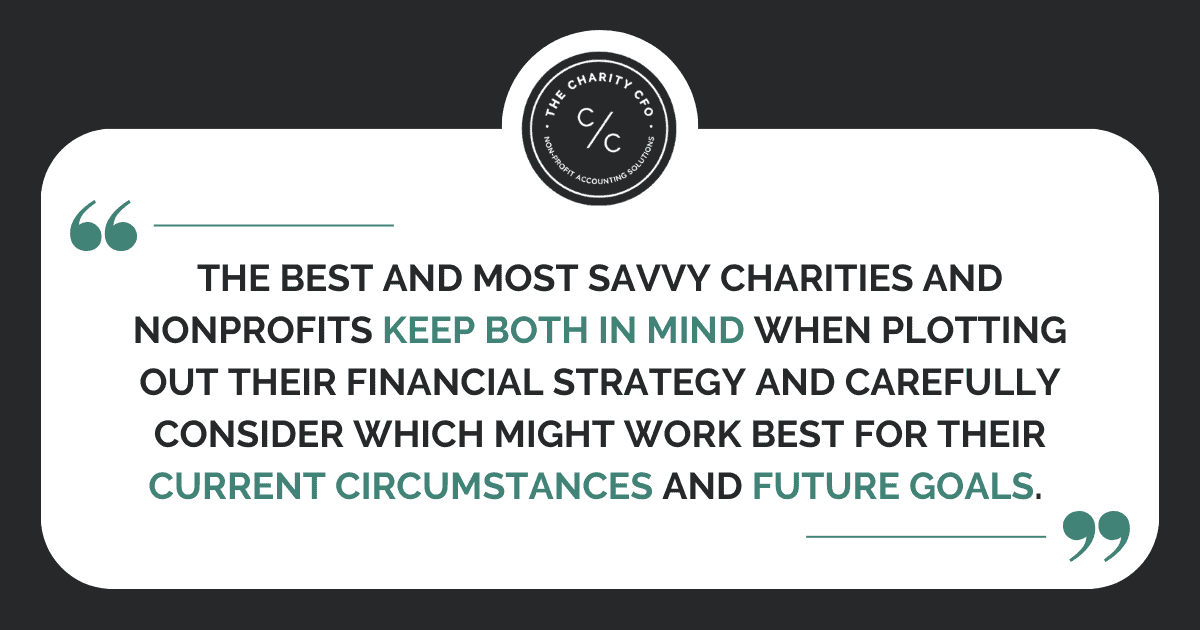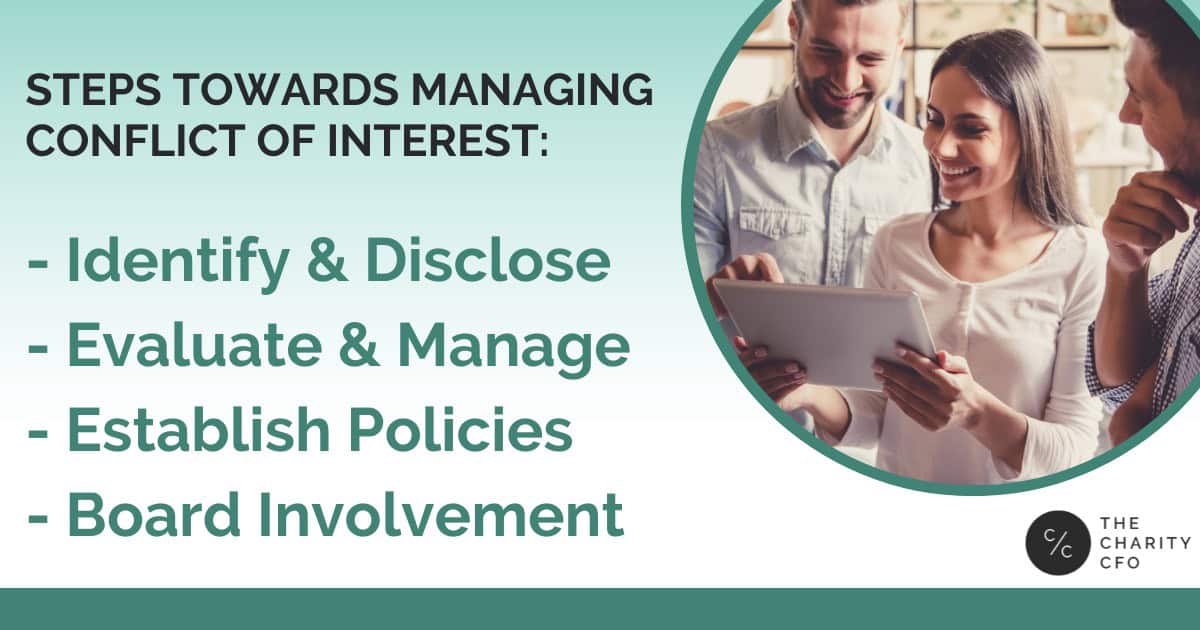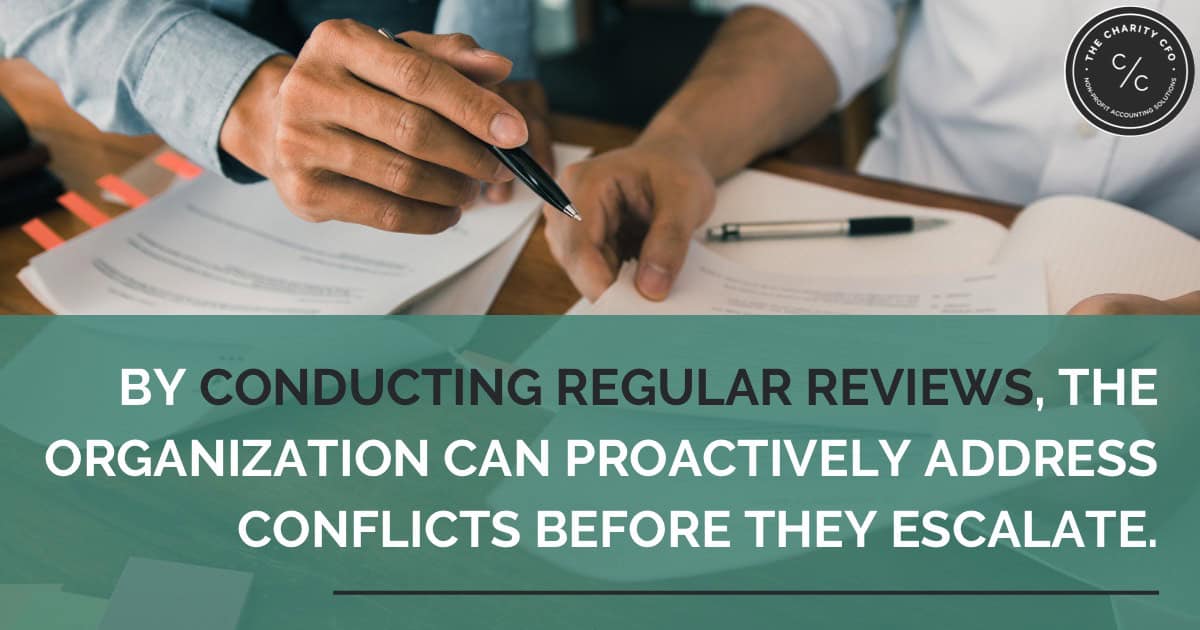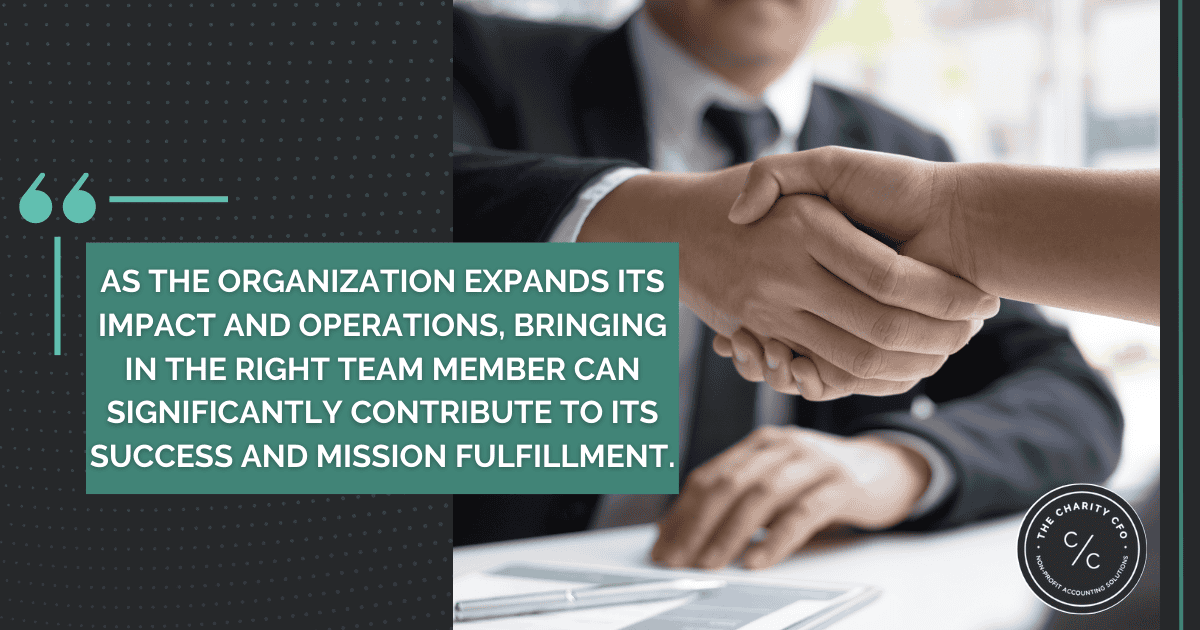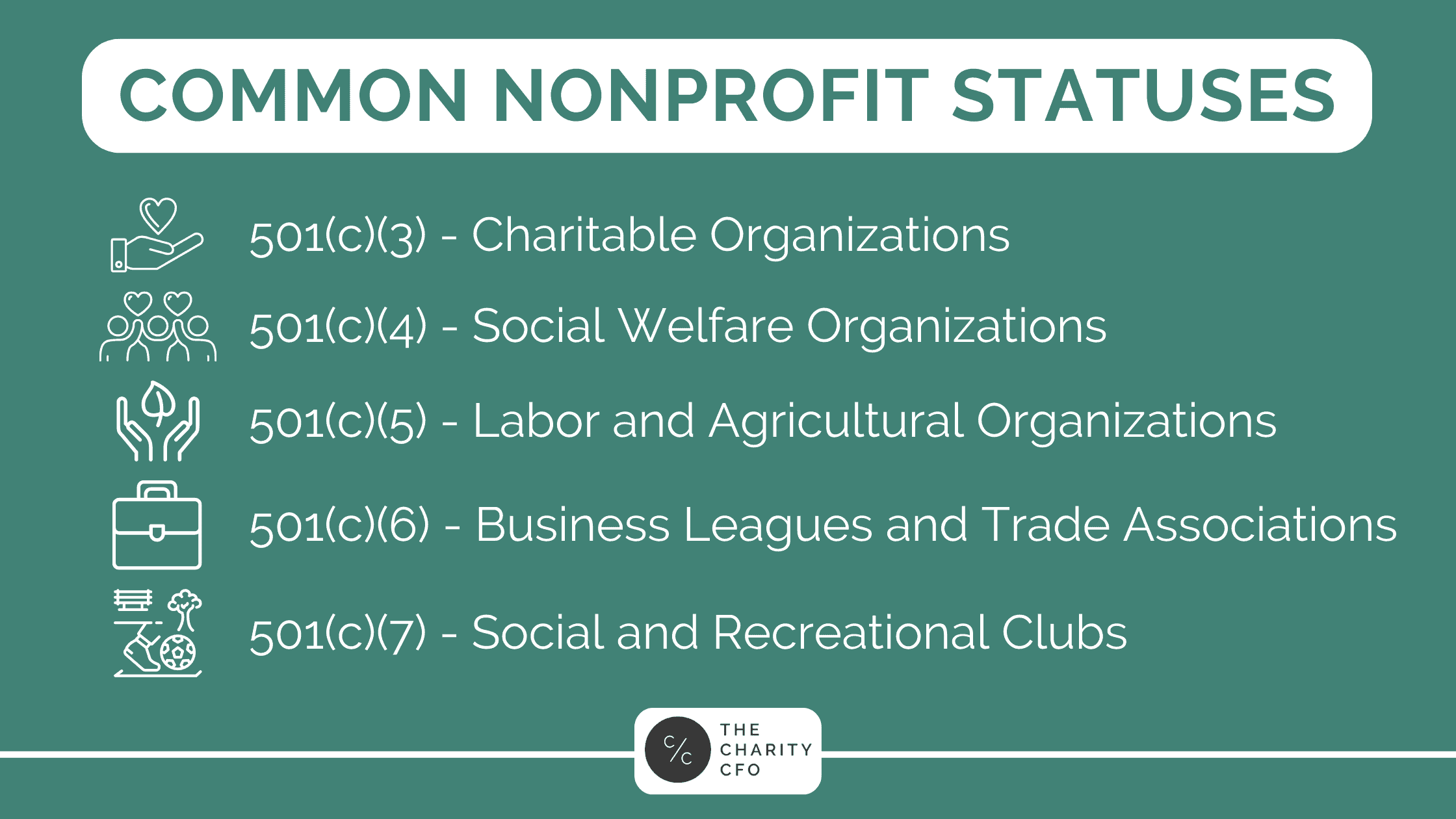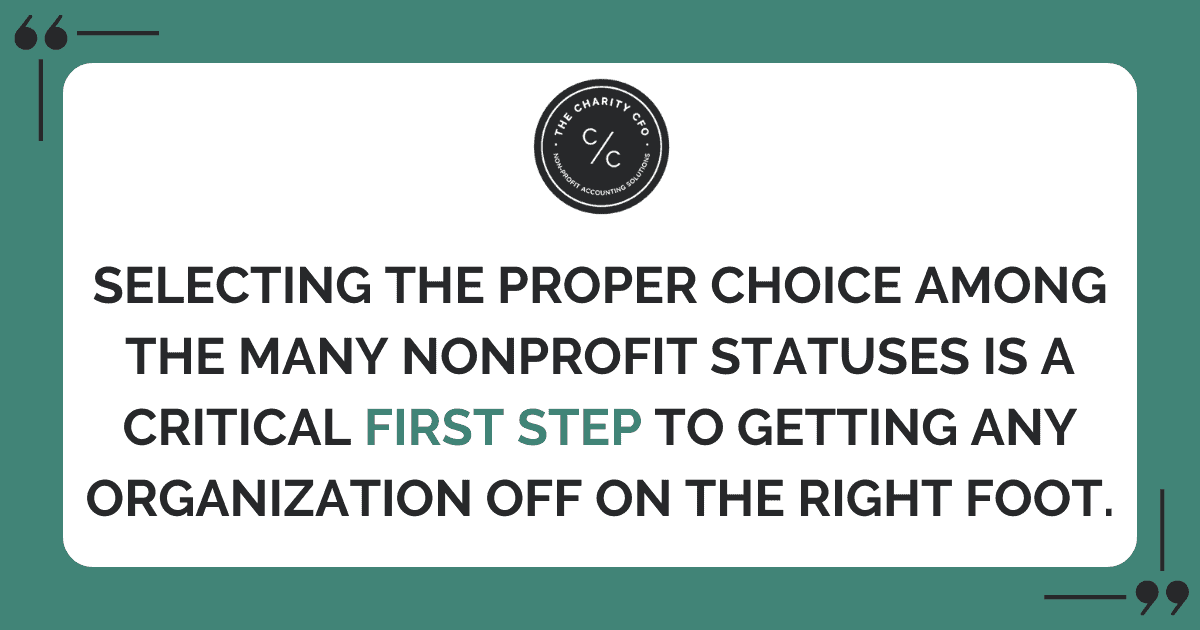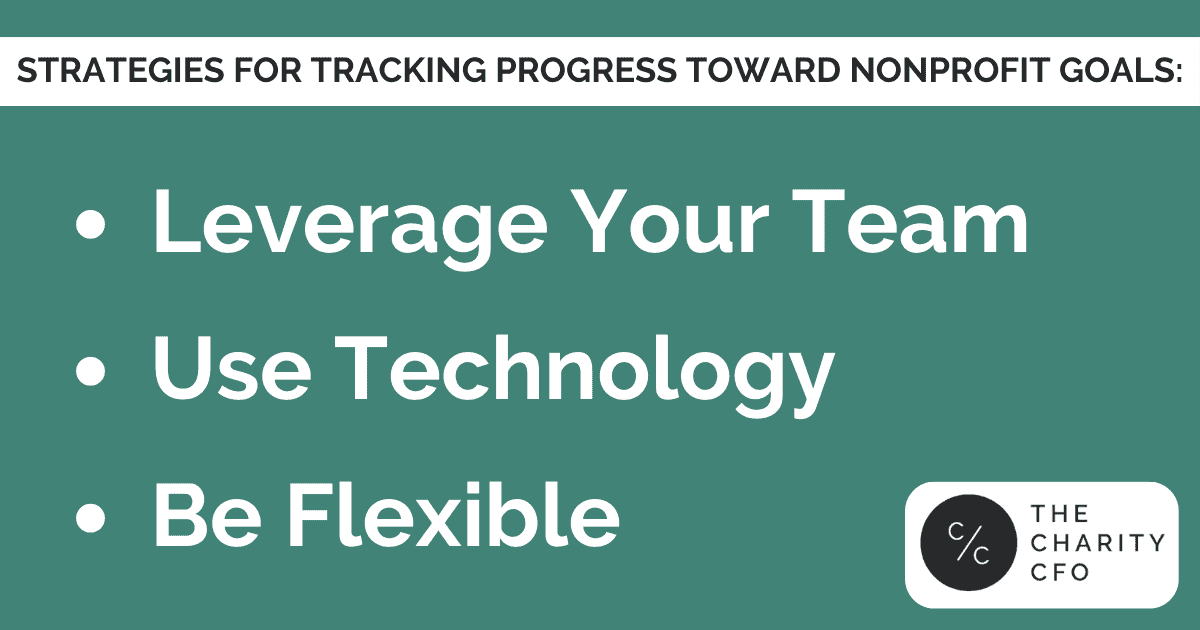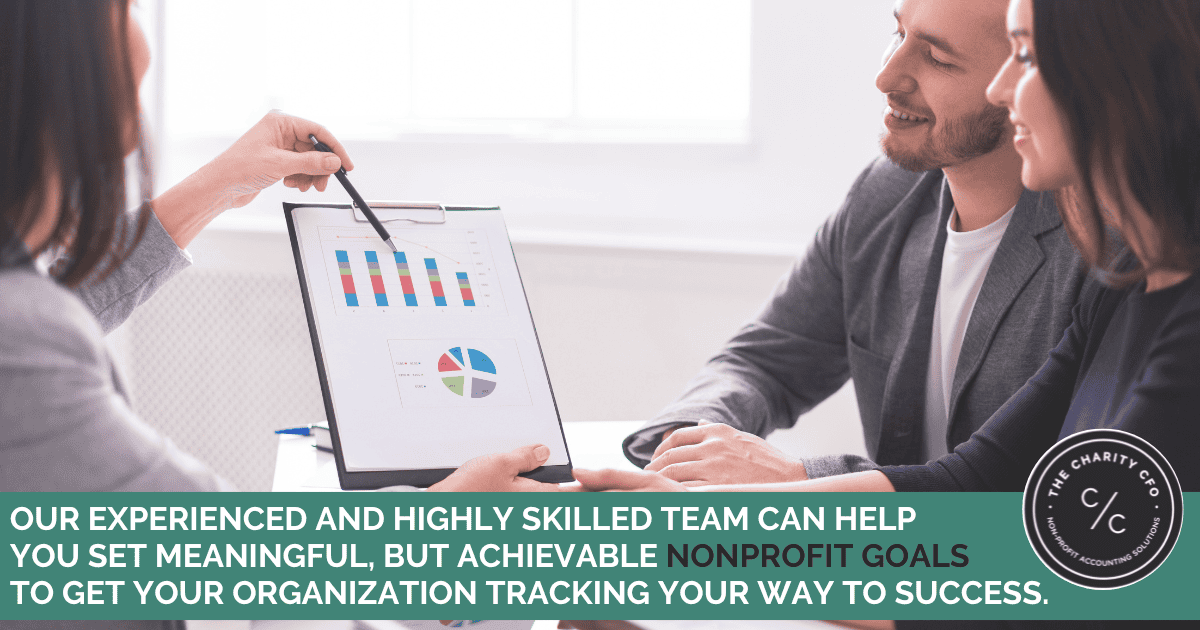How to Fix Your Nonprofit Accounting
Your nonprofit accounting system might not be the most exciting part of your organization, but it’s one of the most important aspects. An effective accounting system helps you stay in compliance with tax and legal regulations–helping you maintain your exempt status.
However, effective accounting isn’t just about following rules. An effective nonprofit accounting system also helps your organization stay transparent, manage funds wisely, and build trust with donors and the public.
If your organization’s accounting has gotten a little off track, there are things you can do to fix it. Keep reading to learn more.
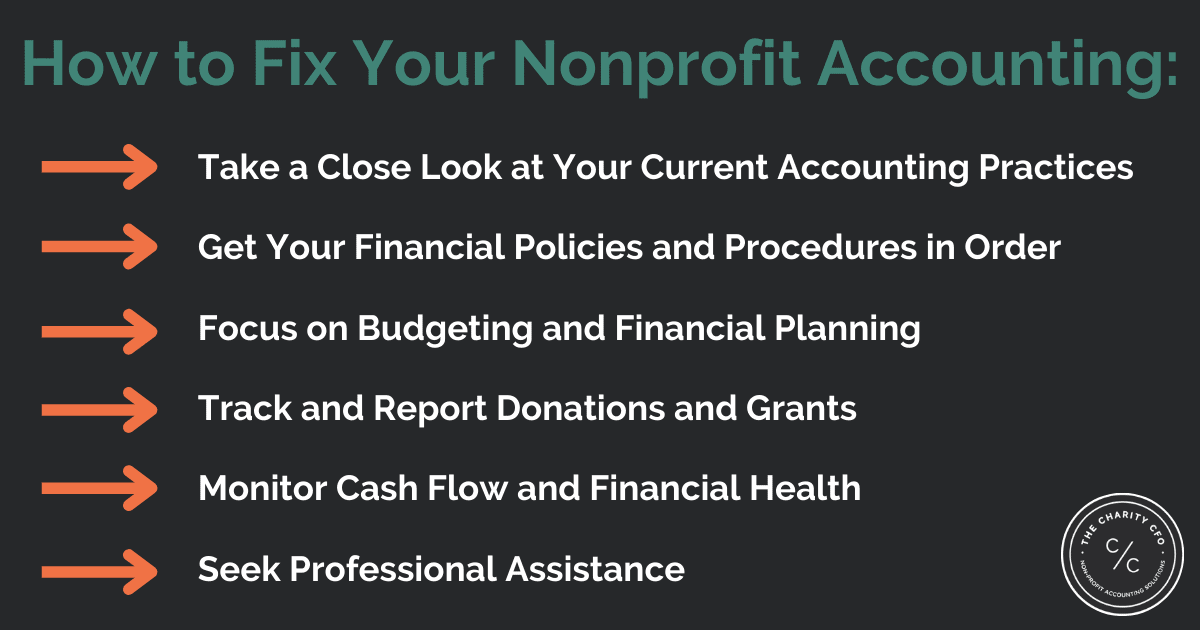
Take a Close Look at Your Current Accounting Practices
You can’t know what needs fixing in your accounting system until you dive in and examine your current practices. Before you start trying to fix things, consider doing a full review of your accounting system. Taking a close look at your current system helps you identify problem areas in your financial recording methods.
Your analysis should show you where your accounting system is working for your organization and any gaps or areas of concern. For example, you may find that your system is great at recording nonprofit revenue, but lacks an efficient process for categorizing various revenue streams.
Consider making a list of the challenges or issues you find in your accounting system. This list will help you better define how these inaccuracies or incomplete records are affecting your overall accounting strategy.
Get Your Financial Policies and Procedures in Order
Does your organization have written financial policies and procedures in place? Do all of your employees and volunteers know what to do when faced with common financial tasks?
If not, one of the first steps to fixing your nonprofit accounting is setting up these policies.
Having documented financial policies for your nonprofit organization is essential and helps with:
- Compliance: Documented procedures help your organization maintain accurate records and stay on top of compliance regulations.
- Accountability: A defined accounting policy makes it easy for anyone in the organization to know what’s going on with funds–which helps build donor and board member trust.
- Operational Efficiency: Having set financial guidelines makes it easy to track and record financial transactions, improving the overall efficiency of your nonprofit.
To fix your accounting system, you’ll need to create a standardized set of policies and procedures for transactions and reporting. As you create your policies, make sure everything aligns with legal and regulatory requirements.
Focus on Budgeting and Financial Planning
Like standardized financial policies, budgeting is an important aspect of your nonprofit accounting system. Your budget helps you plan out expenses and revenue in advance so you have a better idea of the financial health of your organization. It’s also an important tool for transparency within your nonprofit. A budget shows stakeholders like the board of directors or donors how you’re using funds to advance your mission.
You’ll need to develop a realistic budget for your organization based on real nonprofit needs and goals. The easiest way to create an accurate budget is to use budget tracking based on historical financial data. You’ll use past revenue and expenses to estimate future funding and expense needs.
You should expect your budget to have minor variances from month to month. Try to review your budget every couple of months and make adjustments as needed to meet current financial needs.
Track and Report Donations and Grants
Properly recording and reporting nonprofit revenue should be a top priority in your new accounting system. If you don’t have them in place already, you’ll need to establish protocols for recording donations and grants. Your system should take into account any donor restrictions so you stay in compliance with donor or grant requirements.
You’ll also need to create a reporting system for donations and grants. Generally, organizations that receive funds are expected to report on the use and impact of the funds. Not only does reporting on fund use help you stay in compliance with donor wishes or legal requirements, it’s simply a great way to maintain transparency in your organization and with the public.
Monitor Cash Flow and Financial Health
An organization’s cash flow is often a good indicator of financial health. Regular review of your cash flow statements can help you spot financial problems before they grow into major issues. As you fix your accounting setup, you’ll want to start analyzing financial ratios for liquidity and sustainability. If you find your nonprofit is regularly over budget, it’s probably time to address expenses and revenue.
There are a few strategies to improve your cash flow management, including:
- Reducing expenses, from cutting back on staff to delaying new programs or services
- Looking for additional revenue streams, such as new donors or applying for grants
- Adjusting timelines for accounts receivable invoices
- Offering new payment options for donations or service fees, such as automatic payments or online payments
Seeking Professional Assistance
Cleaning up a messy accounting system is often a tedious and overwhelming task. Not to mention, most nonprofit leaders have plenty of other things on their plates. Working with a professional accounting firm specializing in nonprofit accounting is a great way to fix your accounting system and save time.
Nonprofit accounting firms have specialized knowledge related to financial management for nonprofits. They know how to navigate the complicated legal landscape surrounding nonprofit accounting, so you can be sure your financial records comply with governing regulations. In addition, a nonprofit accounting team provides financial guidance tailored to your organization to help you use your funds more effectively and efficiently.
The Charity CFO is a nonprofit accounting firm that can help you clean up your current accounting issues and establish a strong accounting system going forward. Our team of nonprofit accounting specialists understands the needs and challenges of nonprofits.
Need help fixing your accounting issues? Contact us today to get started.
No time to read this article now? Download it for later.

